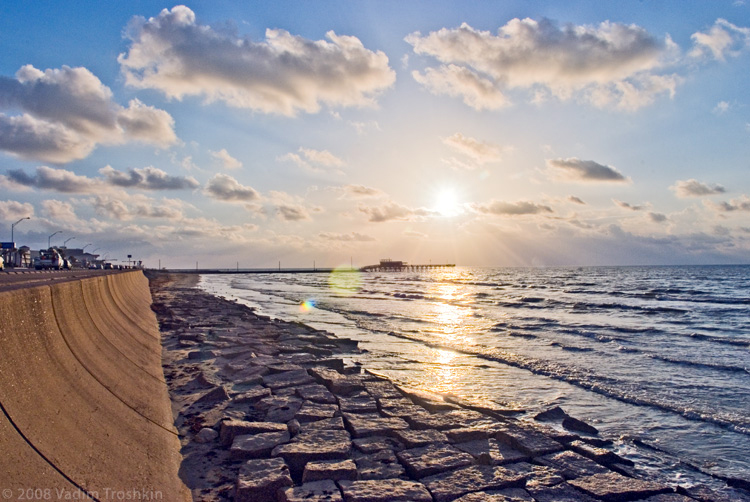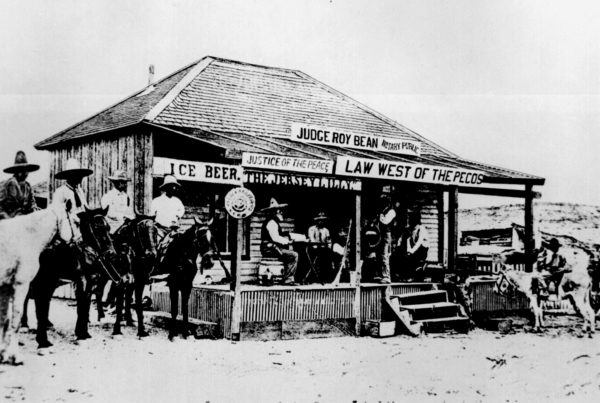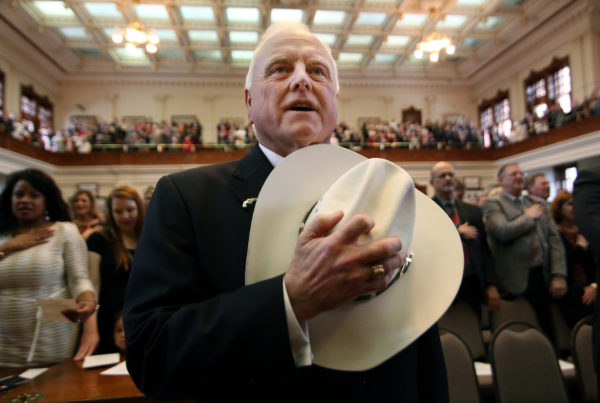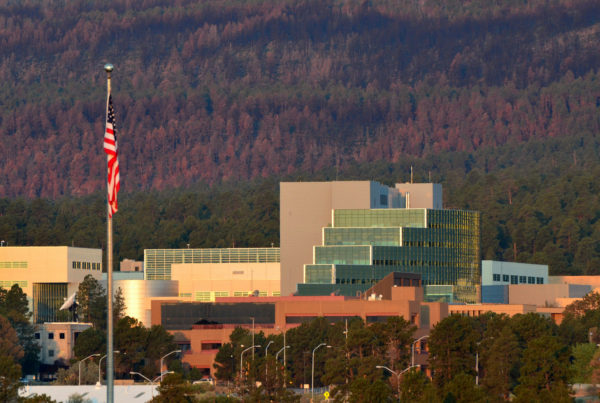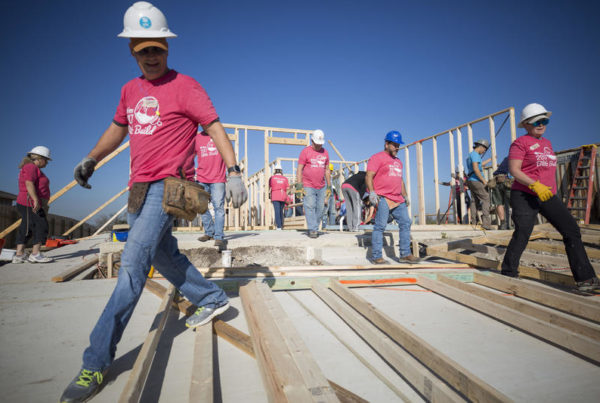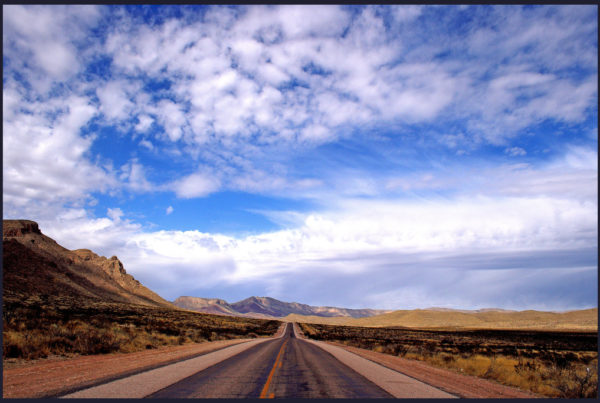Thursday marks the official end of the Atlantic hurricane season. If it seems to you like it was a bad one, you’re not wrong. It was the most destructive in history, thanks in large part to Hurricane Harvey.
The deadliest hurricane in U.S. history, however, happened long before this year’s slew of storms. It came ashore in September of 1900 and it was dubbed the Great Galveston Storm. It killed at least 6,000 people and no one knew it was coming.
Host David Brown spoke with NPR Senior Correspondent John Burnett, who has been fascinated by this story for years. He put together a documentary on the topic several years ago and is revisiting it in the wake of this year’s devastating hurricane season.
Today, advanced technologies allow us to anticipate the timing and severity of incoming storms, but Burnett explains how the 1900 Category Four hurricane hit a town that was entirely unprepared for the devastation it would bring. A collection of interviews from survivors details the horrific effects of a storm before we could anticipate and prepare for it.
“Imagine, back in the day, when you didn’t know the storm was going to hit and how vulnerable a city was,” Burnett says.
Despite everything, however, Galveston survived and today is stronger than ever.
“What’s amazing about this is how Galveston picked itself up, decided what it needed to do to make itself a safe city. They built this remarkable 17-foot sea wall – which was an engineering marvel of the day – and then they had the grade raising. They raised the city so it didn’t exist in a bowl after the seawalls were built.”
Written by Nahila Bonfiglio.


